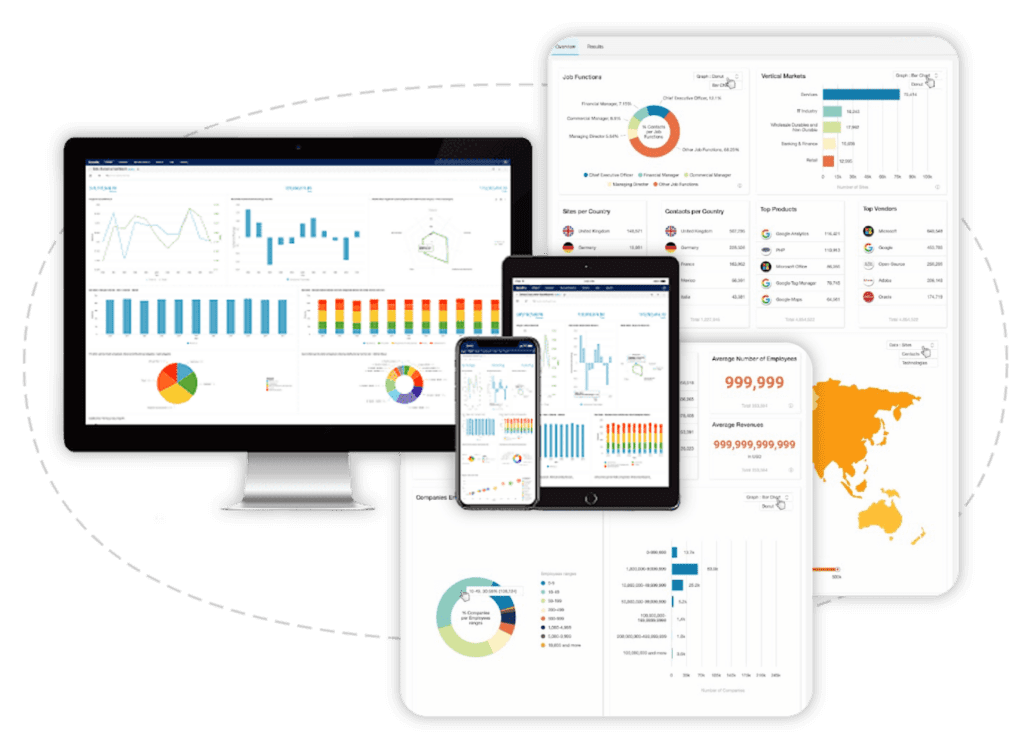Understanding Electronic Collars
Understanding Electronic Collars for Dog Training
Electronic collars, also known as e-collars or remote training collars, have become a popular tool for dog training in recent years and this aims to provide a comprehensive understanding electronic collars for dog training, discussing their features, benefits, potential risks, and how to use them responsibly. However, they also spark lots of debate and debate between the dog’s owners as well as trainers.
The Importance of Understanding Electronic Collars for Dog Training
Dog training is an essential aspect of responsible pet ownership. It helps establish a strong bond between the dog and its owner, promotes good behavior, and ensures the safety and well-being of both the dog and the community. In recent years, electronic collars have gained popularity as a tool for dog training. However, it is crucial for dog owners and trainers to have a thorough understanding of electronic collars and their proper usage. This article highlights the importance of understanding electronic collars for dog training and how it can benefit both dogs and their owners.
-
Effective Communication: One of the primary reasons for using electronic collars in dog training is to establish clear and effective communication between the dog and the handler. These collars provide a consistent and reliable means of delivering cues or corrections to the dog, enhancing the training process. By understanding how electronic collars work and how to use them appropriately, dog owners can ensure that their communication with their dogs is clear and understandable.
-
Safety and Control: Electronic collars offer an additional layer of safety and control, particularly in situations where immediate response is crucial. For instance, if a dog is about to engage in a potentially dangerous behavior, such as chasing a car or running towards a hazardous area, a well-timed stimulation from the collar can help redirect the dog and prevent accidents. Understanding the correct usage of electronic collars can provide dog owners with the means to maintain control over their dogs and ensure their safety in various environments.
-
Tailored Training Approach: Dogs have unique personalities, temperaments, and learning styles. What works for one dog may not necessarily work for another. The beauty of electronic collars lies in their versatility and customization options. By understanding the different features and settings of electronic collars, dog owners can tailor their training approach to suit the specific needs of their dogs. They can adjust the intensity of the stimulation, choose between vibration or static correction, and use audible cues or tones, allowing for a personalized and effective training experience.
-
Efficient Training: Time is often a precious commodity in dog training. Electronic collars, when used correctly, can expedite the training process by providing immediate feedback to the dog. The quick and precise communication facilitated by electronic collars helps dogs understand desired behaviors more efficiently. This efficiency not only saves time but also enhances the overall training experience for both the dog and the owner.
-
Versatility: Electronic collars are versatile tools that can be utilized for various training purposes. They can assist in basic obedience training, addressing behavior problems, off-leash training, recall training, and more. By gaining a comprehensive understanding of electronic collars, dog owners can harness the full potential of these devices and utilize them in different training scenarios to achieve desired results.
-
Responsible Use: Perhaps the most critical aspect of understanding electronic collars is using them responsibly and ethically. Electronic collars should never be used as a substitute for proper training techniques or as a means of punishment. Responsible use entails using electronic collars as a complement to positive reinforcement-based training methods. The emphasis should always be on teaching and reinforcing desired behaviors rather than solely relying on the collar for corrections.
What are Electronic Collars?
The collar is a device that can be worn on the neck of a dog and delivers a small amount of electrical stimulation to the animal when it is activated by its owner. These collars consist of two major components that include a receiver collar and an handheld remote control. The remote control allows a handler to operate the collar from an appropriate distance and offer an instruction to the dog or send a message.
Types of Electronic Collars
There are many kinds of electronic collars in the marketplace, each with distinct capabilities and features. The most popular types are:
-
Static Correction Collars: These collars deliver a gentle electric shock to the dog whenever the owner hits a button on the remote control. The shock intensity can be adjusted depending on the size and sensitivity of the dog.
-
Vibration Collars – Rather than a shock to the dog These collars vibrate or pulse. Vibration Collars are an alternative to static shocks for dogs that feel uncomfortable or sensitive.
-
Tone or Beep Collars: These collars emit a tone or a sound when they are activated by a remote control. The sound is used to communicate with the dog to indicate a desired behavior or instruction.
Benefits of Electronic Collars
Electronic collars have been argued by those who advocate that when used correctly they are a great instrument for training dogs. The potential advantages include:
-
Remote control: The collars are able to be operated remotely by the pet’s owner. This allows the dog’s handler to give immediate feedback to their dog from a distance. This can be particularly useful in training off-leash or to address undesirable behaviors from a distance.
-
Accuracy Communication: Unlike verbal commands or hand signals, electronic collars offer a consistent and precise form of communication. Dogs are able to easily connect the stimulation to a particular behavior. This helps make the process of training more effective.
-
Safety: An electronic collar is a great safety tool, particularly in situations where the recall of the dog is crucial. They can stop dogs from running in traffic, chasing animals, or approaching dangerous situations.
-
Flexible: The collars can be customized to meet the particular needs and preferences of every dog. The intensity level can be adjusted, making sure that stimulation levels are suitable and safe for the dog.
Responsible Use of Electronic Collars
While electronic collars have many advantages, it is essential to use them properly and ethically so that you do not cause danger to the dog. Below are some rules for that you use them in a responsible manner.
-
Professional Guidance: Seek guidance from a trained dog trainer who has experience with electronic collars. They can provide proper instruction on how to use the device efficiently and ensure the dog’s welfare.
-
The correct fit: Make sure that the collar is fitted the dog correctly and is not too tight or too loose. It must fit comfortably enough to remain in position without causing injury or discomfort.
-
Gradual Training: Introduce the electronic collar slowly and in a systematic manner. Begin with low levels and only increase them if needed. Combine the signals of the collar with positive reinforcements, such as treats or praise, to reinforce desired behaviors.
-
Avoid punishment Electronic collars should not be used as a method of punishment or cause unnecessary pain to dogs. The collars are meant to only be used as a tool for training to reinforce commands and encourage the dog to behave in a positive manner.
-
Consistency: Be consistent with your training methods and make sure that everyone who wears the collar is on the same page. Inconsistency can confuse the dog and hinder the training progress.
Understanding Electronic Collars for Dog Training FAQs
Q: What are electronic collars for dog training?
A: Electronic collars, also known as e-collars or remote training collars, are devices worn around a dog’s neck that deliver a mild electrical stimulation, vibration, or an audible tone remotely when triggered by the handler.
Q: How do electronic collars work?
A: Electronic collars consist of a receiver collar worn by the dog and a handheld remote control operated by the handler. When the handler activates the collar through the remote control, it delivers a mild stimulation, vibration, or tone to the dog as a form of feedback or signal.
Q: Are electronic collars safe for dogs?
A: When used responsibly and ethically, electronic collars can be safe for dogs. It is important to use the collar according to manufacturer instructions, choose appropriate stimulation levels, and ensure proper fit to minimize any potential risks.
Q: What are the benefits of using electronic collars in dog training?
A: Some potential benefits of using electronic collars include effective communication between the dog and the handler, enhanced safety and control, a tailored training approach, efficient training, versatility in training purposes, and expedited learning.
Q: Are electronic collars a form of punishment?
A: No, electronic collars should not be used as a form of punishment. They are most effective when used as a training tool in conjunction with positive reinforcement techniques, promoting desired behaviors rather than solely relying on corrections.
Q: Can electronic collars replace traditional training methods?
A: Electronic collars should not be seen as a substitute for traditional training methods. They are meant to complement training techniques and provide clear communication and feedback to the dog. Positive reinforcement and proper training methods should always be the foundation of any training program.
Q: How do I choose the right electronic collar for my dog?
A: It is essential to consider factors such as your dog’s size, temperament, and training needs when choosing an electronic collar. Research different models, read reviews, and consult with a professional dog trainer to ensure you select a collar that suits your dog’s specific requirements.
Q: How should I introduce my dog to an electronic collar?
A: Introduce the electronic collar gradually and systematically. Start with low stimulation levels or use vibration or tone modes initially. Pair the collar’s signals with positive reinforcement, such as treats or praise, to create a positive association for your dog.
Q: Can I use an electronic collar on any dog?
A: Electronic collars are generally suitable for most dogs, but it is important to consider their individual temperament and sensitivity. Dogs with existing health conditions or fear-based behavior issues may not be suitable candidates for electronic collar training. Consult with a professional dog trainer to determine if an electronic collar is appropriate for your dog.
Q: How can I ensure responsible use of electronic collars?
A: Responsible use involves seeking guidance from a professional dog trainer, understanding the correct fit and usage of the collar, gradual training methods, avoiding punishment, consistency in training approaches, and prioritizing your dog’s well-being throughout the training process.



